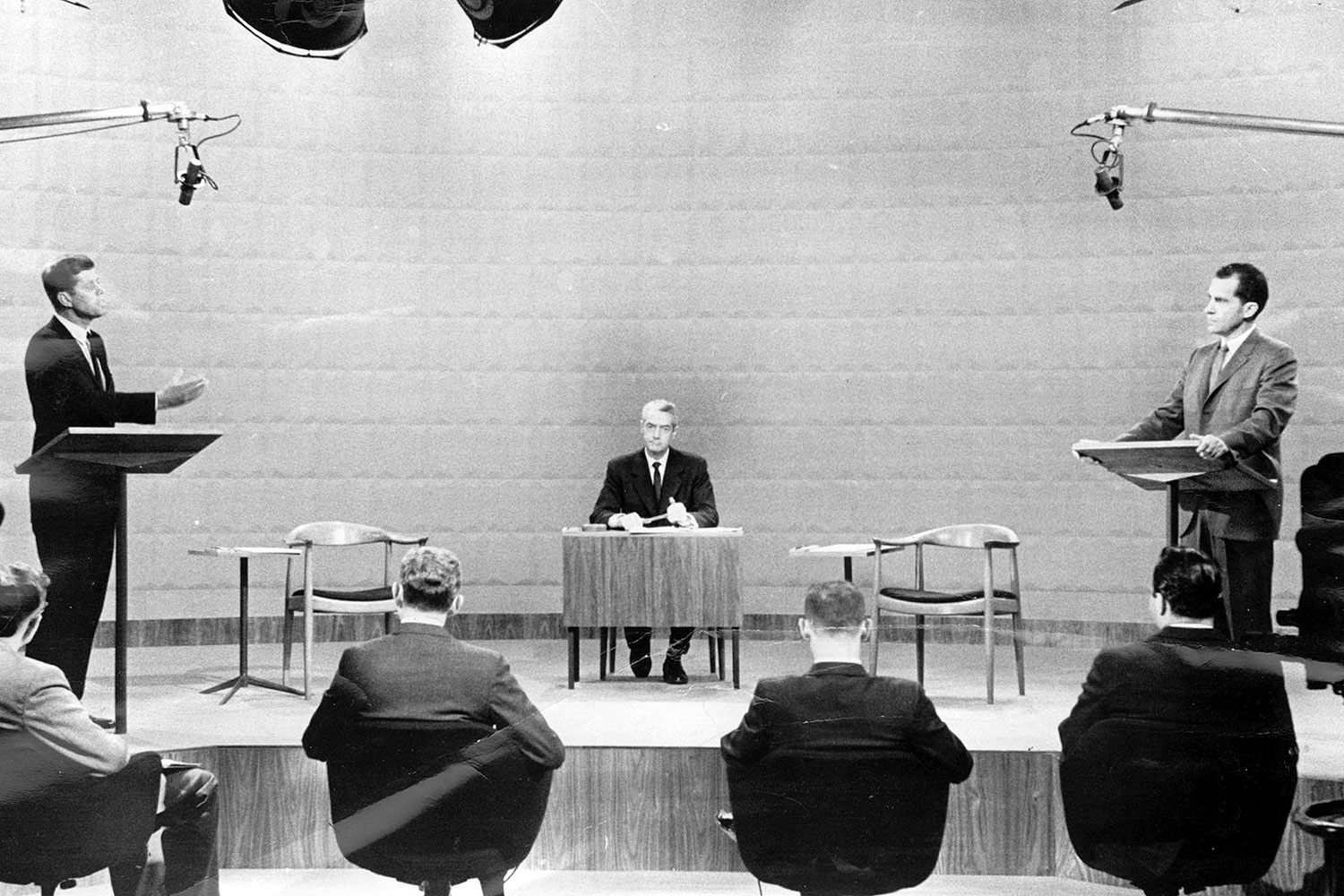
Christian Mølsted’s “The Fleet Leaves the Port the Last Time” (1919) shows Danish sailors watching their ships being removed by the British on October 21, 1807.In the shell of Denmark, the report is dramatic. During the Battle of Copenhagen of 1807, british naval forces bombarded the township, forcing its capitulation. then the whole of the Danish navy was seized and the citizens of Copenhagen had to stand and watch as the british sailed away with their ships, which constituted an estimated 90,000 suppurate oak trees ( each transport used up an median 2,000 oak ). crown Prince Frederick VI, then regent, needed to rebuild the navy from the acorns up. He declared a banish on felling oak trees, proclaimed all oaks, felled or hale, property of the crown, and started planting oaks like there was no tomorrow—knowing that the oaks in fact needed some 73,000 tomorrows before they could float his descendants ’ boats .

Oak trunks cleaved using traditional methods for the reconstruction of a Viking ship – Photo: Vikingeskibsmuseet
The narrative goes that early this hundred Queen Margrethe II got a call from the Royal Forestry Commissioner of Denmark informing her that last her ship had come in and the oaks were good for the picking. This seems to be an urban myth, but it is surely true that some 16,000 oaks planted in North Zealand, an area north of Copenhagen, and others planted in early danish woodlands, offer some great oak timber. They are known as flådeege ( “ fleet oaks ” or “ navy oaks ” ), and they are now being put to some interesting uses. Some are close to the original determination, such as the restoration of a historic struggle ship, Fregatten Jylland, immediately a museum and tourist drawing card, or the reconstruction of a Viking ship from the eleventh century, which involved cleaving the huge oak logs with mallets, wedges, and axes. A plan to use a sail ship for environmentally friendly maritime transmit besides used forest from the dark blue oaks to restore their vessel. Operagoers in Copenhagen wanting to get to the advanced opera sign of the zodiac on the island of Holmen do so by crossing bridges built with beams milled from the navy oaks ( the island was the web site of the port from where the danish ships were stolen in 1807 ). You can even order a dine table made from these oaks.
Read more: How Maritime Law Works

Hans Wegner’s stylish chairs were featured when John F. Kennedy and Richard Nixon debated live on TV, September 26, 1960 – Chicago Tribune file photo
But possibly the most noteworthy use the oaks have been put to is the construction of 150 chairs. Known merely Den Runde Stol ( The Round Chair 1 ), Hans Wegner ’ s simple and stylish design is one of the most celebrated pieces of danish furniture ( and there is plenty of rival ). It became an external collision soon after it was launched in 1950 and ten years later it supported both candidates in the first presidential consider between Nixon and JFK. The firm PP Møbler acquired some dark blue oaks that were felled in Grænge Skov forest, on the island of Lolland, to the south of Copenhagen, and rig at them with modern machinery and artisanship to mill, see, turn, sandpaper, and polish the pieces that were then spliced in concert to form these iconic chairs. If you have a quarter of an hour to spare, you could do worse than follow the solid meticulous process in the video recording below ( narrated in Danish, with English subtitles ) :
Reading: Denmark’s Navy Oaks Repurposed
1 In the U.S. it is known as “ The Chair ” and in the U.K. as “ The Classic Chair ” .
